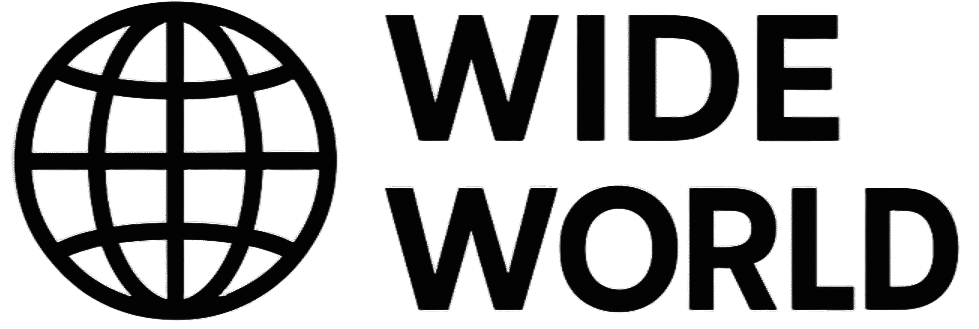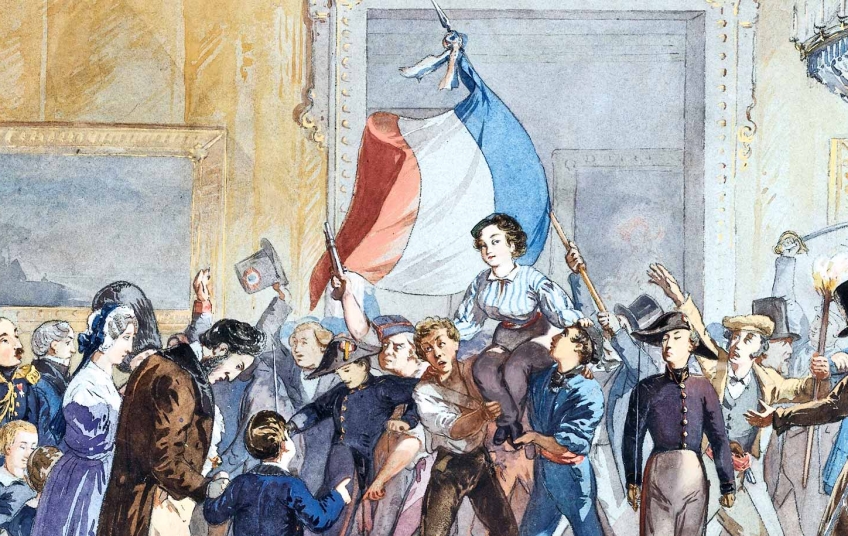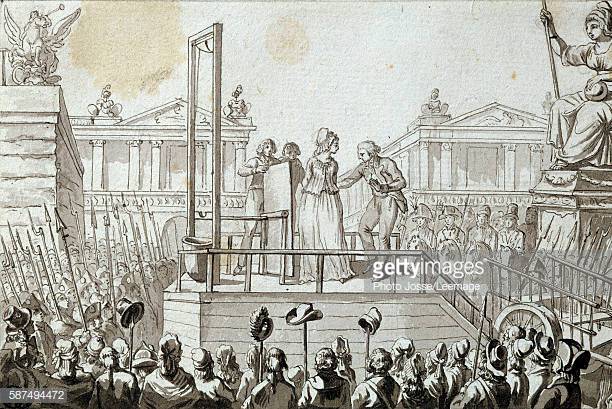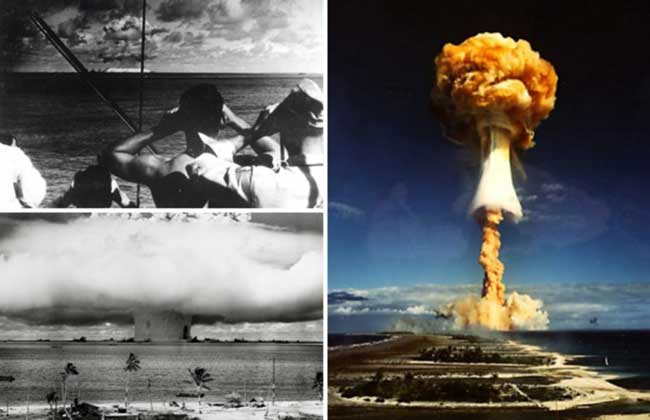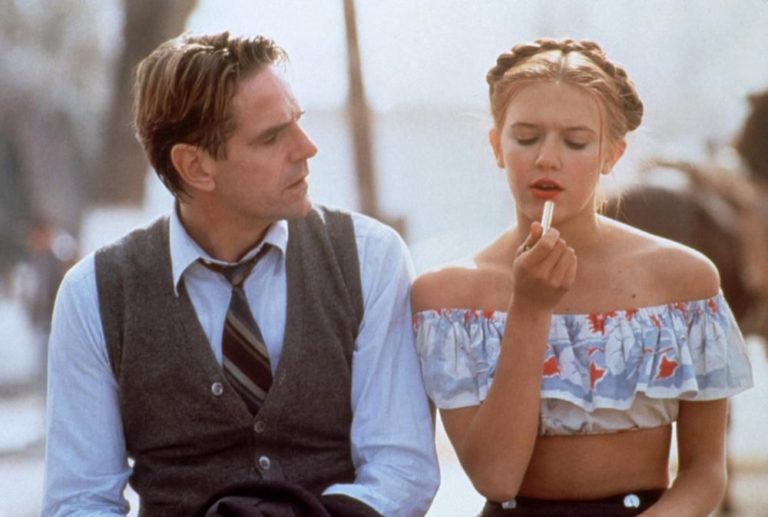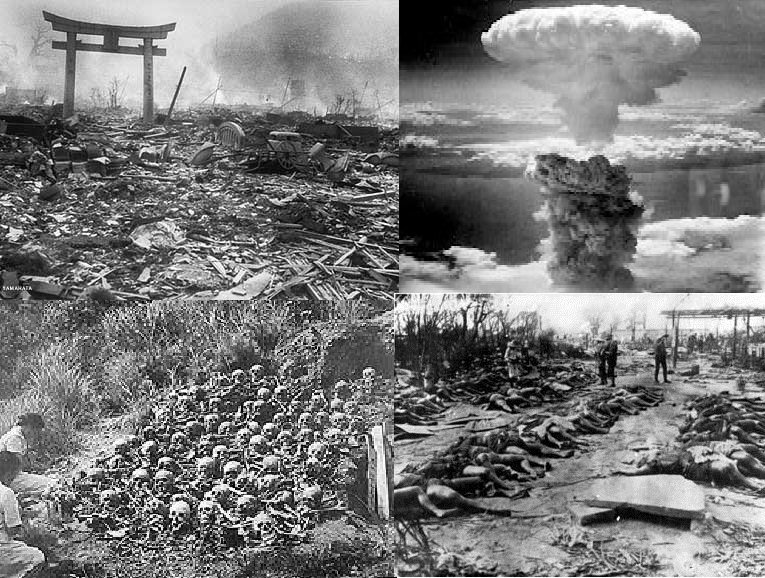10 Fascinating Facts About the French Revolution
The French Revolution is widely regarded as a turning point in world history. Triggered primarily by a financial crisis, it began with the storming of the Bastille on July 14, 1789. The revolution dismantled the monarchy in France, first establishing a constitutional monarchy and later a republic. Many prominent figures lost their lives during this period, including King Louis XVI, Queen Marie Antoinette, and revolutionary leader Maximilien Robespierre. The guillotine, the notorious execution device, earned the nickname the “National Razor.” The revolution eventually concluded with Napoleon Bonaparte’s coup on November 9–10, 1799, known as the Coup of 18 Brumaire. Its impact was profound, reshaping modern history, weakening absolute monarchies worldwide, and inspiring republics and liberal democracies. The revolution also gave rise to many symbols and concepts we associate with France today, including its national anthem, flag, and the left-right political spectrum.
Here are 10 intriguing facts about the French Revolution.
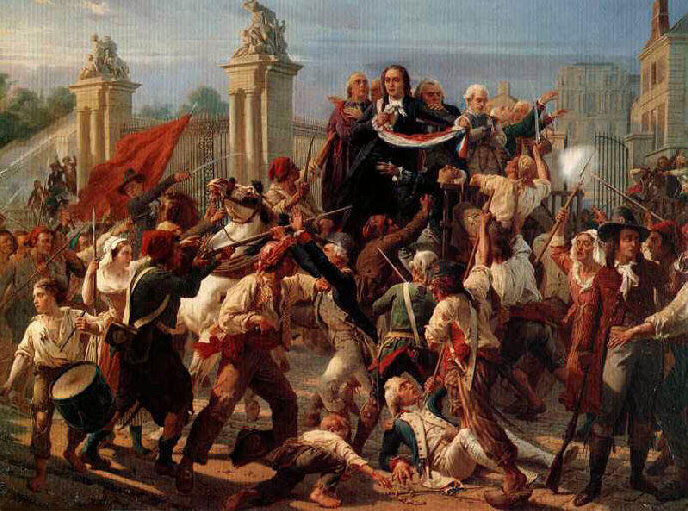
The Financial Crisis
France was teetering on the brink of collapse before the revolution. The government had poured money into costly wars, and poor harvests coupled with bad weather caused bread prices to skyrocket. Bread was a staple for most citizens, and the working class spent over 90% of their income just to eat. On top of this, the extravagant spending of the royal family fueled public resentment. French society was divided into three estates: the clergy, the nobility, and the common people—who made up 98% of the population. While the first two estates enjoyed privileges like tax exemptions, the third estate bore the burden, leaving ordinary citizens hungry, unemployed, and increasingly angry.

The Storming of the Bastille
On June 20, 1789, the Third Estate swore the Tennis Court Oath, pledging not to separate until a constitution was established. A few weeks later, King Louis XVI dismissed finance minister Jacques Necker, seen as sympathetic to the people. The Parisians feared this was an attempt to dissolve the newly formed National Assembly. On July 14, 1789, crowds stormed the Bastille, a prison that also housed gunpowder and weapons. Its capture is widely considered the beginning of the French Revolution, and Bastille Day remains France’s national holiday.
The Tricolor Cockade
During the Bastille uprising, Parisian militia wore blue and red cockades, traditional French colors linked to local saints. These were combined with a white cockade, representing the old French monarchy, creating the tricolor cockade. This symbol became central to the National Guard’s uniform and inspired the design of the French flag, one of the most influential flags in history, later emulated by many countries worldwide.
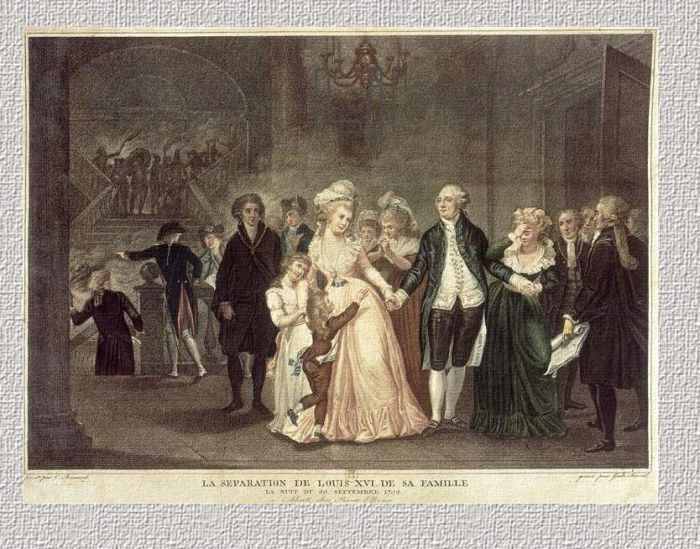
The Flight to Varennes
On October 5, 1789, protesting women marched to Versailles over skyrocketing bread prices, demanding that King Louis XVI “live among the people.” The royal family was moved to Paris and placed under the protection of the National Guard, cementing the authority of the National Assembly. A year later, on June 20, 1791, the royal family attempted to flee to Austria disguised as servants. However, Louis XVI’s face was recognized from the coins in circulation, and the family was captured and returned to Paris, ultimately placed under arrest.
The Execution of Louis XVI and Marie Antoinette
The king’s attempted escape painted him as a traitor seeking foreign intervention. Louis XVI was tried and convicted of treason on August 10, 1792, and executed by guillotine on January 21, 1793. Queen Marie Antoinette, already unpopular and rumored to have callously remarked “Let them eat cake” (a claim historians now dispute), was executed on October 16, 1793.
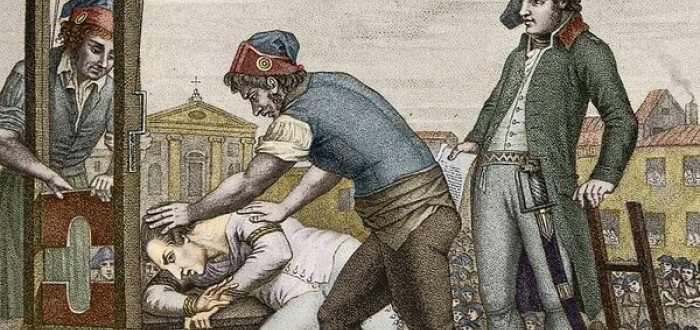
The “National Razor” and the Reign of Terror
In March 1793, the National Assembly established the Committee of Public Safety, tasked with protecting the new republic from internal and external threats. Led by Maximilien Robespierre, this committee effectively governed France from September 1793 to July 1794, a period known as the Reign of Terror. Approximately 40,000 people were executed, often by guillotine, which became infamous as the “National Razor.” Robespierre himself was eventually overthrown and executed on July 28, 1794, ending the Reign of Terror.

The Coup of 18 Brumaire
France’s revolutionary period alarmed European monarchies, leading to the French Revolutionary Wars (1792–1802) against coalitions including Britain and Austria. Initially struggling, France eventually expanded under Napoleon Bonaparte, spreading revolutionary ideals across Europe. Domestically, political instability under the Directory paved the way for Napoleon’s coup on November 9–10, 1799, replacing the directors with three consuls and marking the end of the French Revolution.

Origins of Left and Right Politics
The left-right political spectrum was born during the Revolution. Delegates to the National Assembly split over the powers granted to the king: supporters of a strong monarchy sat to the right, while anti-royalist revolutionaries sat to the left. Newspapers began referring to these factions as “left” and “right,” terms that eventually spread globally and remain in political discourse today.

The Birth of “La Marseillaise”
In response to threats from European monarchies, the French army needed a unifying anthem. On April 25, 1792, officer Rouget de Lisle composed Chant de guerre pour l’Armée du Rhin, later sung by volunteers from Marseille marching to Paris. Known as La Marseillaise, it became France’s national anthem in 1795 and symbolizes patriotic unity to this day.
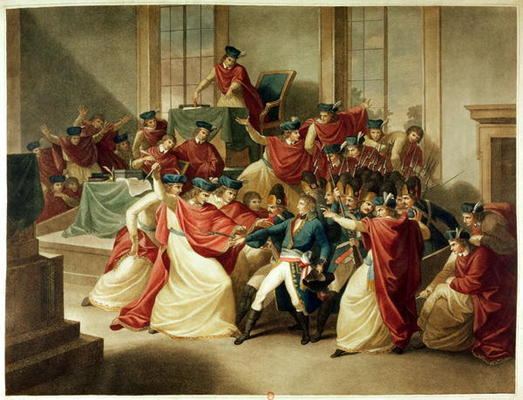
A Revolution That Changed the World
The French Revolution left an enduring mark on history. It ended feudalism, weakened religious authority, dismantled oligarchies, and sparked economic growth in Europe. It also fueled modern nationalism and liberalism, inspiring a wave of revolutionary movements across Europe and the Americas, including:
-
The Irish Rebellion of 1798
-
The Haitian Revolution
-
The Italian Wars of Independence
-
The Sicilian Revolution of 1848
-
The 1848 Revolutions in Italy
-
Independence movements in Spanish and Portuguese colonies in Latin America
Ultimately, the French Revolution reshaped the world, diminishing absolute monarchies and establishing republics and liberal democracies across the globe.
